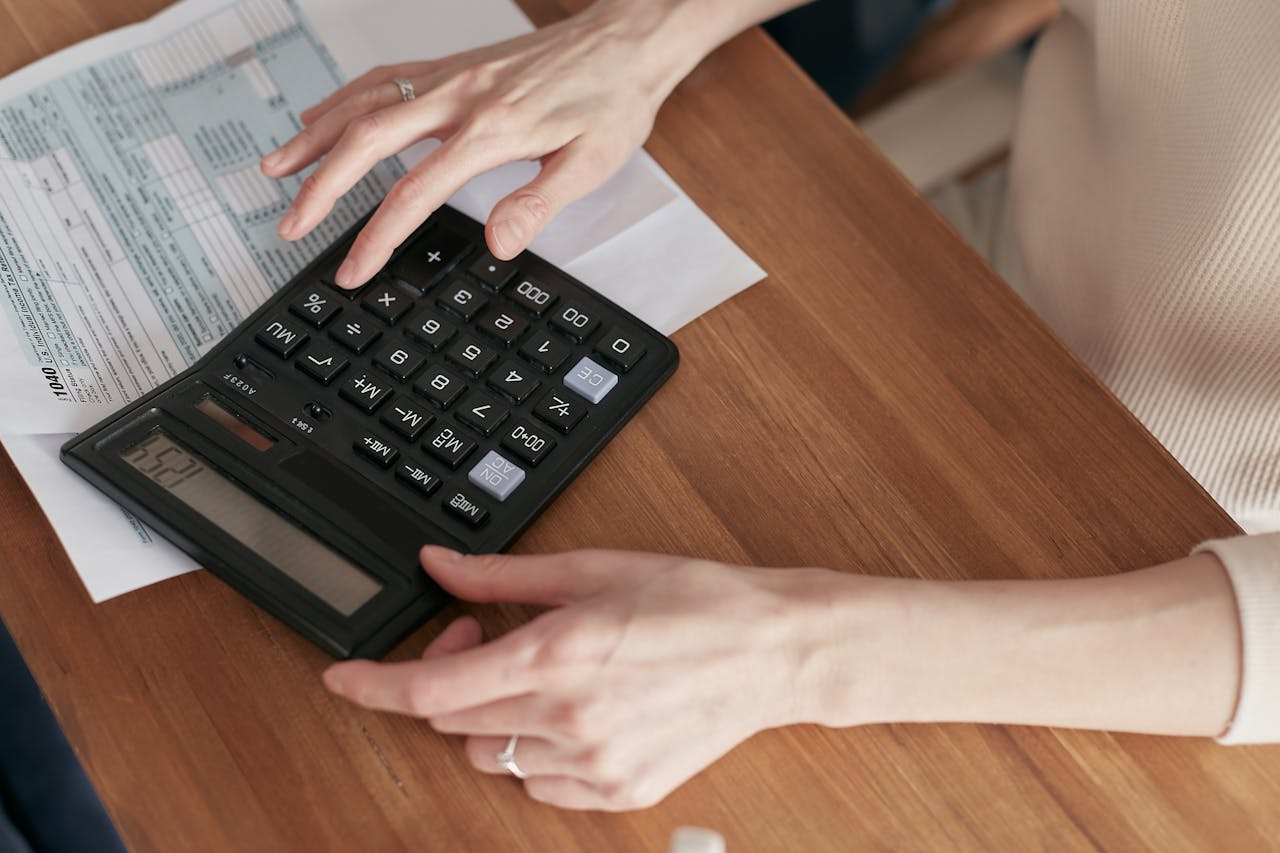
You may have heard phrases like “Compound interest can be a powerful tool,” or “Compound interest can make you a millionaire.” But most people don’t truly understand what compound interest is, and exactly how it is calculated. Before we go into how to utilize compound interest, we will explain what it is and how to calculate it and do so in a way that is easy to understand.
What is Compound Interest
Compound interest is interest earned from principal payments and interest previously earned. For a quick, oversimplified example, let’s say you deposit $1 into a bank account that earns 10% interest each month. After the first month, you would earn $.10 in interest payments. When the interest payment is calculated for the second month, you would earn interest off the $1.00 plus the extra $.10 you earned from month one. The second month’s interest payment would be $.11. This would continue each month, and each respective payment would be larger than the last.
How Compound Interest is Calculated
There are a few ways to calculate interest payments, but we will start with the mathematical formula. A=P(1+r/n)^nt.
A = end balance
P = principle/initial investment
r = interest rate
n = compound periods/year
t = years
The simplest way to think about compound interest is to add interest payments to your investments, and then calculate your new interest off of that amount. In the stock market, you can obtain compound interest through dividends, which are payments you receive from owning a stock. You can reinvest those dividends into the same stock, or use that money to grow somewhere else. You can also reinvest your growth from other stocks into more stocks, or find other investment options. In part 2 of our discussion on compound interest, we will discuss more on how to make the best of your investments and earn the best gains from interest.
Example
For our example, we will use a compound interest rate of 10% over 25 years. With deposits of $100/year, we would see a total of $2,500 in deposits, but the growth will be substantially higher through the power of compound interest. As we can see in the below chart, $2,500 will turn into nearly $11,000 over 25 years.

Check out part 2 of our discussion on compound interest here to learn how you can use it to earn money.
2 thoughts on “Compound Interest Part 1 – What It Is”